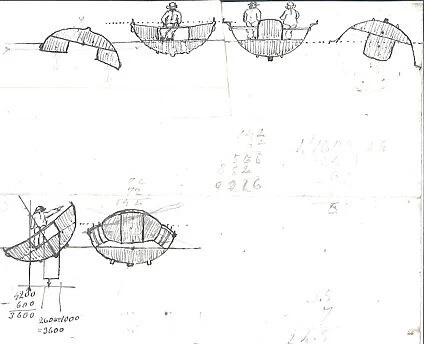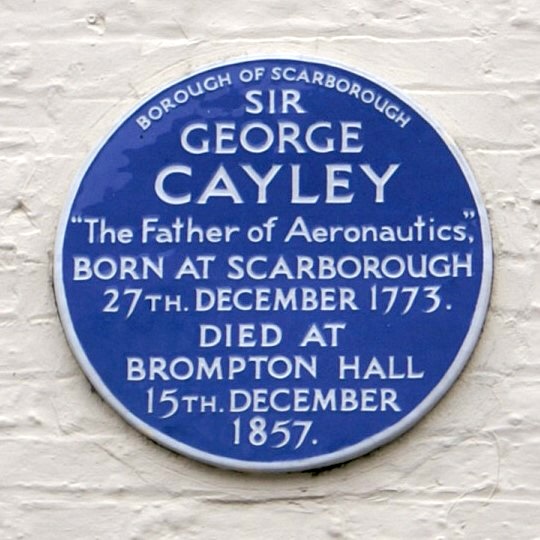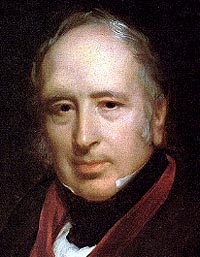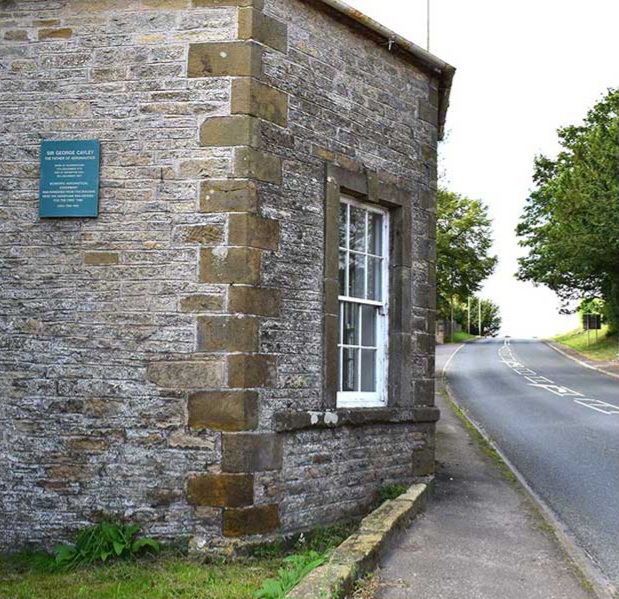
Drawing and design of a self-righting lifeboat by Sir George Cayley. Date: c.1836
Sir George Cayley (27 December 1773 to 15 December 1857) was an English engineer, inventor, and aviator who was born in Scaborough's Paradise House. He may be one of the most important people in the history of aeronautics. Many consider him to be the first true scientific aerial investigator and the first person to understand the underlying principles and forces of flight.


Among the many things that he developed were self-righting lifeboats, tension-spoke wheels, the "Universal Railway" (his term for caterpillar tractors), automatic signals for railway crossings, seat belts, small scale helicopters, and a kind of prototypical internal combustion engine fuelled by gunpowder. He suggested that a more practical engine might be made using gaseous vapours rather than gunpowder, thus foreseeing the modern internal combustion engine. He also contributed to the fields of prosthetics, electricity, theatre architecture, ballistics, optics and land reclamation.
He is commemorated in Scarborough at the Technical College on Filey Road where a hall of residence is named after him.

His workshop was in Brompton by Sawdon on the A170
The RNLI does not credit Cayley with their development of SRBs (Self Righting Boats) which were worked on by other people from as early as 1765 onwards. They were not initially adopted in full as they proved to be of shallow draft giving a lively and unstable ride in the water. By 1910, 50% of the UK's lifeboats were self righting and today they all are.
https://www.international-maritime-rescue.org/news/the-self-righting-debate
More details about Cayley, his life and inventions.